Wednesday marked not only the end of my 4-year uni degree, but also the end of my month-long mission to avoid all single-use plastic, and what a mission it’s been!
This past month has been such an eye-opener in so many respects, from the obvious learning more about plastic-waste, to the more obscure learning how to use twitter. I’ve been on live radio and in the local newspaper, I’ve baked more cakes in the past month than the rest of my life combined, I’ve dabbled in all sorts of homemade concoctions, and I even visited the coast to enjoy the beautiful ocean I love so much. One of the things I’ve come to appreciate is that not all plastic is bad. It’s fantastic stuff, it really is, and of course, all the reasons why plastic has become so big (versatile, durable, waterproof etc.) are the same reasons which mean that plastic has such a detrimental effect on our environment. As with many things, it’s not the material but what we do with it that’s the problem. By avoiding single-use altogether I’ve taken plastic-avoidance to the extreme, sometimes pedantically so, in order to make a point, but we don’t necessarily all have to do the same. Until I did this challenge I didn’t look twice at plastic, I barely even noticed it. And now all I see is the way the easiest changes to our habits would make such a big difference. My personal goal post-challenge will be to avoid sending any rubbish to landfill. On top of this, there are a few small changes I’ll put into permanent effect such as choosing the cardboard option instead of plastic, avoiding chewing gum, thinking twice before eating crisps and substituting some cabbage for lettuce where applicable. These are tiny changes but if we all made a few, we could really make a difference. I hope my mission has also led others to re-evaluate the role of plastic in their own lives, in their culture and in the oceans (where of course it shouldn’t be having a role at all). Additionally, I would just like to mention microbeads, which you may have already heard about (this issue is really worth a whole blog post to itself but alas, I’ve run out of time). Microbeads are tiny particles of plastic often found in face scrubs and other bathroom products, and because they get washed down the drain they end up in the ocean where they won’t biodegrade for more than a thousand years (you know, being plastic and all). There’s an international campaign to ban the bead which you can sign here, and scroll that page down to find out more about the pressing issue of microbeads.
So now, at the end of this long month, I am happy to show you the extent of my plastic use below (+ 1 straw I subsequently lost). The biggest offender to my plastic-free regime was contact-lenses and the solution. I of course steered clear of daily lenses and if it wasn’t for my birthday and graduation I would likely have worn glasses the whole time. A better financial and environmental option would be laser eye surgery which I hope to look into in the not-too-distant future. I also didn’t find a solution for tablets, some cellotape was used during the birthday celebrations, and I didn’t manage to intercept one straw from my drink one night. But after 30 days, I don’t think it’s too shabby a result if I say so myself!
I’ve become something of a walking encyclopaedia for plastic-free websites so for those of you who have been inspired to give plastic-free a go, or if you’re just curious to look into alternatives, I would definitely recommend these websites as places to go for all your plastic-free enquiries:
- Plastic Free July – originally set up in Australia, plastic-free July is now spreading internationally and has a whole range of plastic-free alternative suggestions and recipes. Join up to go plastic-free yourself for the rest of July!
- Zero Waste Home – tips and recipes on living waste-free, including the brilliant 5R motto
- My Plastic Free Life – blog-turned-to website, it’s a comprehensive guide to everything plastic-free
- Trash is for tossers – blog written by an American girl Lauren, who leads a zero waste lifestyle in NYC
Finally I would like to thank everyone who followed this blog, sponsored me in my mission (any last-minute donations still delightfully accepted!) and those who sent me words of encouragement, from all over the world! I’d particularly like to thank my parents for getting so on-board with me living plastic-free and even joining in on many occasions, also to my sister Helen for the fantastic header design on short-notice and to Katie and Anna for backing me the entire time.
Thank you, and goodnight!













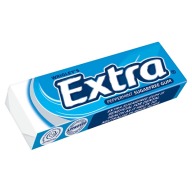





















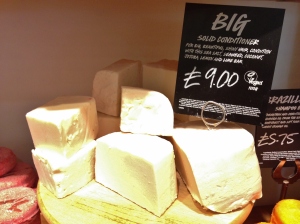



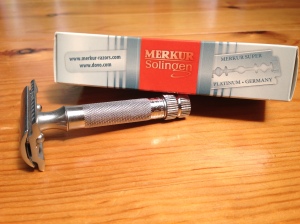


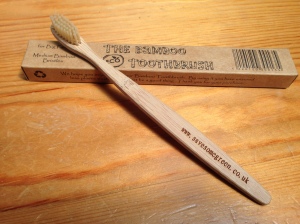

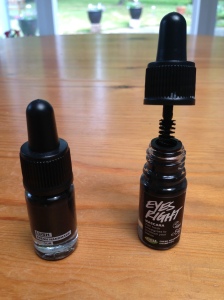


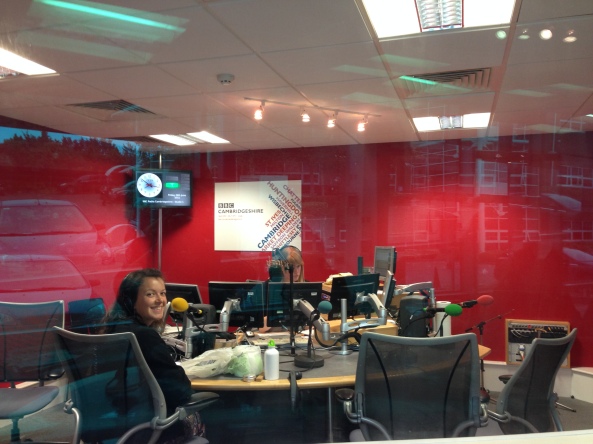






 ped along to Chesterton Festival to help man the
ped along to Chesterton Festival to help man the 
